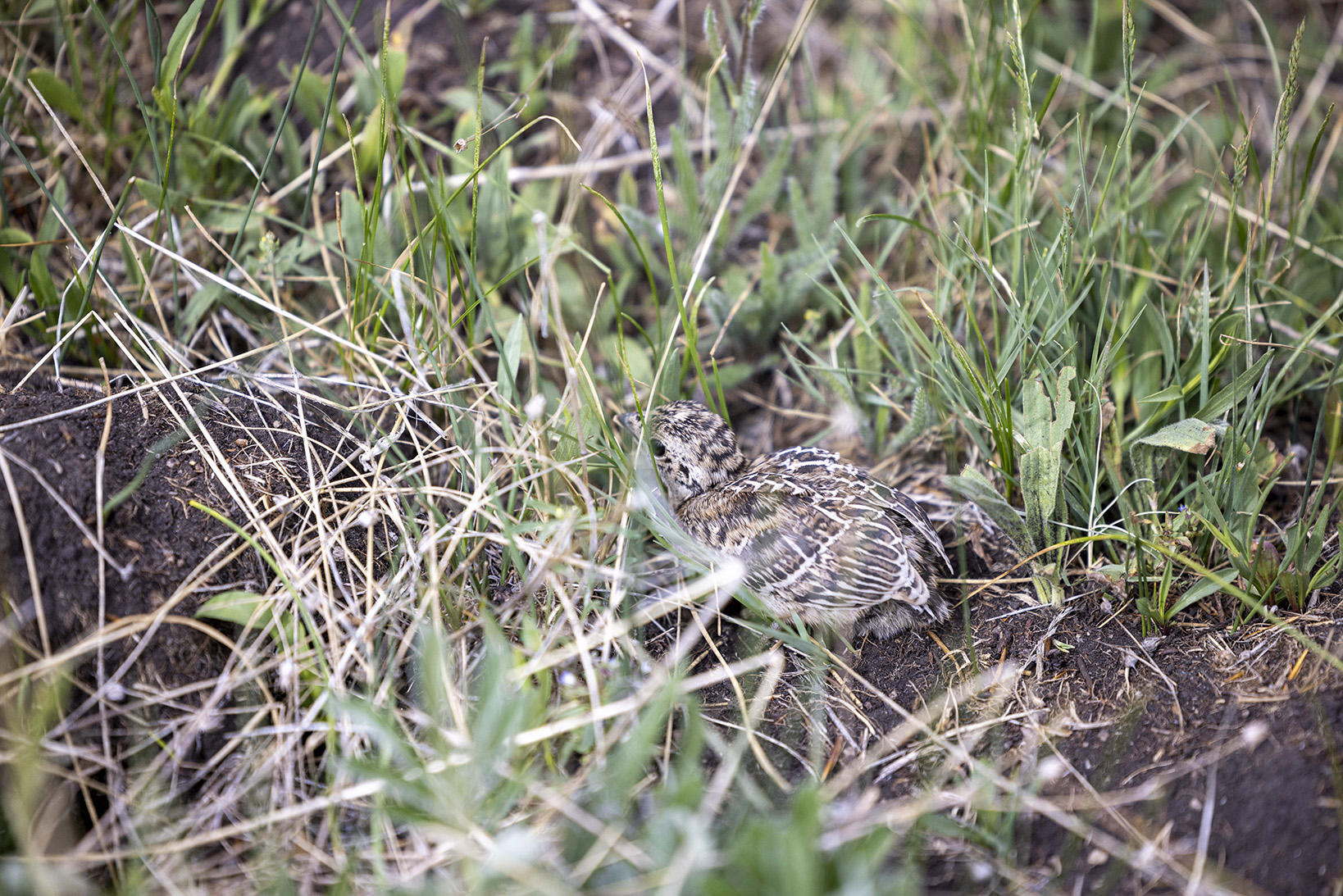
Protecting the Dance of the Sage-Grouse
The greater sage-grouse, an emblem of the American West, is a “sagebrush obligate” species whose survival depends on the health of sagebrush ecosystems. These unique birds are renowned for their elaborate mating displays at traditional breeding sites known as leks, where males perform intricate dances to attract mates. However, the greater sage-grouse population has faced significant declines due to habitat loss and fragmentation, driven by development, invasive species, and other disturbances.
In response, conservation efforts have focused on protecting core areas, which were first established through a state executive order in 2015. Core areas are large, intact regions of sagebrush identified as critical to the species’ survival. These core areas preserve breeding, nesting, and brood-rearing habitats, which are essential for maintaining sage-grouse populations. Within these habitats, the birds rely on a mosaic of sagebrush for cover and diverse native grasses and flowers for nutrition.
One of the most important parts of sage-grouse ranges is their lekking sites. Lek sites are open grassy expanses within stretches of sagebrush where males can be more visible while they put on showy dancing displays and strut for hens. Lekking typically takes place in March and April during the early morning hours, with peak lekking occurring just before sunrise. Older and larger males tend to be dominant and will push out smaller, younger males for the more visible spots in the lek. This sometimes leads younger males to fly a short distance to another open area and begin their own “satellite lek.” Lekking is critical for sage-grouse to reproduce and bring a new generation of birds into the population. Most sage-grouse will not travel more than a few miles from their lek throughout the year, so the conservation of nesting and brood-rearing habitats near leks, is especially crucial.
In the Green River Valley, there are two main core areas, Daniel and Greater South Pass. The Green River Valley Program (GRVP) protects more than 28,000 acres through 54 conservation easements in these sagebrush upland core areas where sage-grouse spend the winter, breed, and nest. Although Sublette County has over 150 leks, there used to be many more. GRVP easements also conserve wetland and riparian habitats, which provide nutritious insects for sage-grouse and their chicks during drier months of the year. Conservation easements are an important tool for safeguarding the year-round habitat services sage grouse depend on.
The protection of core areas is not just about conserving a single species; it’s about safeguarding the broader sagebrush ecosystem, which supports hundreds of wildlife species and sustains the West’s cultural and economic fabric. Healthy sagebrush ecosystems depend on best management practices on both private and public lands that promote healthy soil and diverse native vegetation. These best practices, such as sensible grazing management, invasive species control, preventing soil erosion, avoiding sagebrush fragmentation, and strategic habitat restoration and enhancements, ensure use is balanced and habitat is available for both livestock and wildlife. Resources for best management practices on rangelands in sagebrush ecosystems are available at the GRVP Landowner Resource Hub and with the Society for Rangeland Management.
Want to see a lek in person this spring? Sage-grouse mating displays are an amazing sight, and you can learn more about how to safely observe them at WGFD Sage-Grouse Lek Viewing Guide.